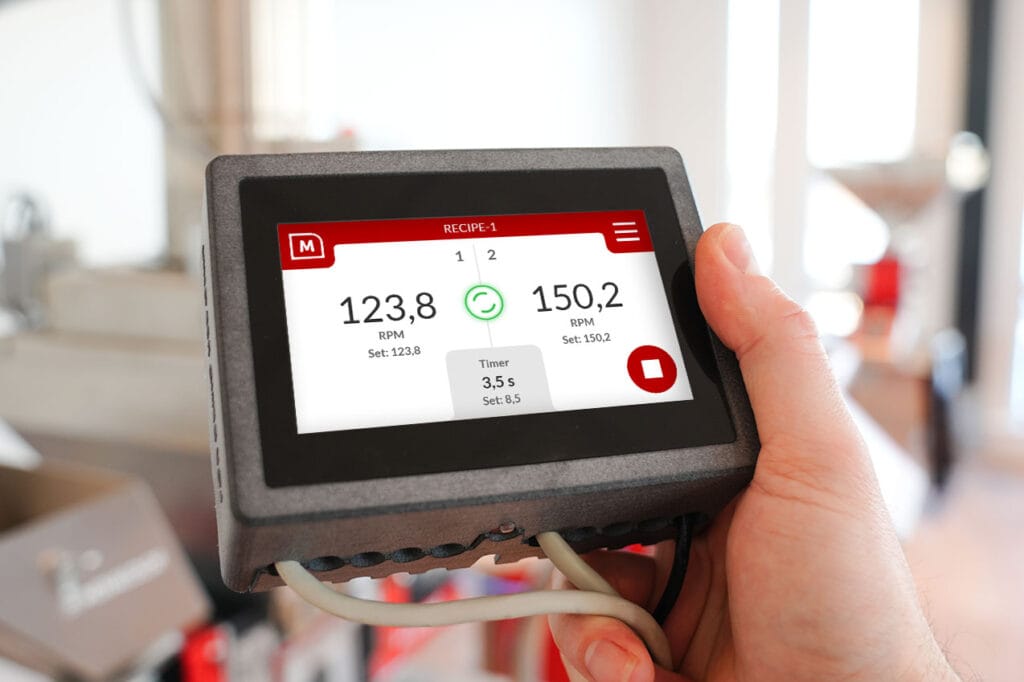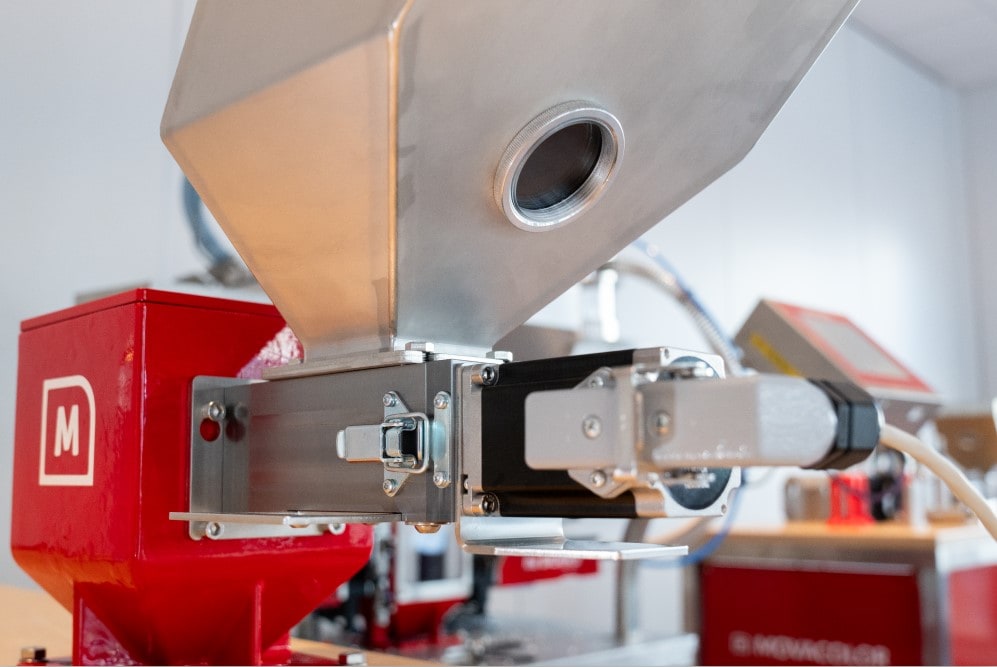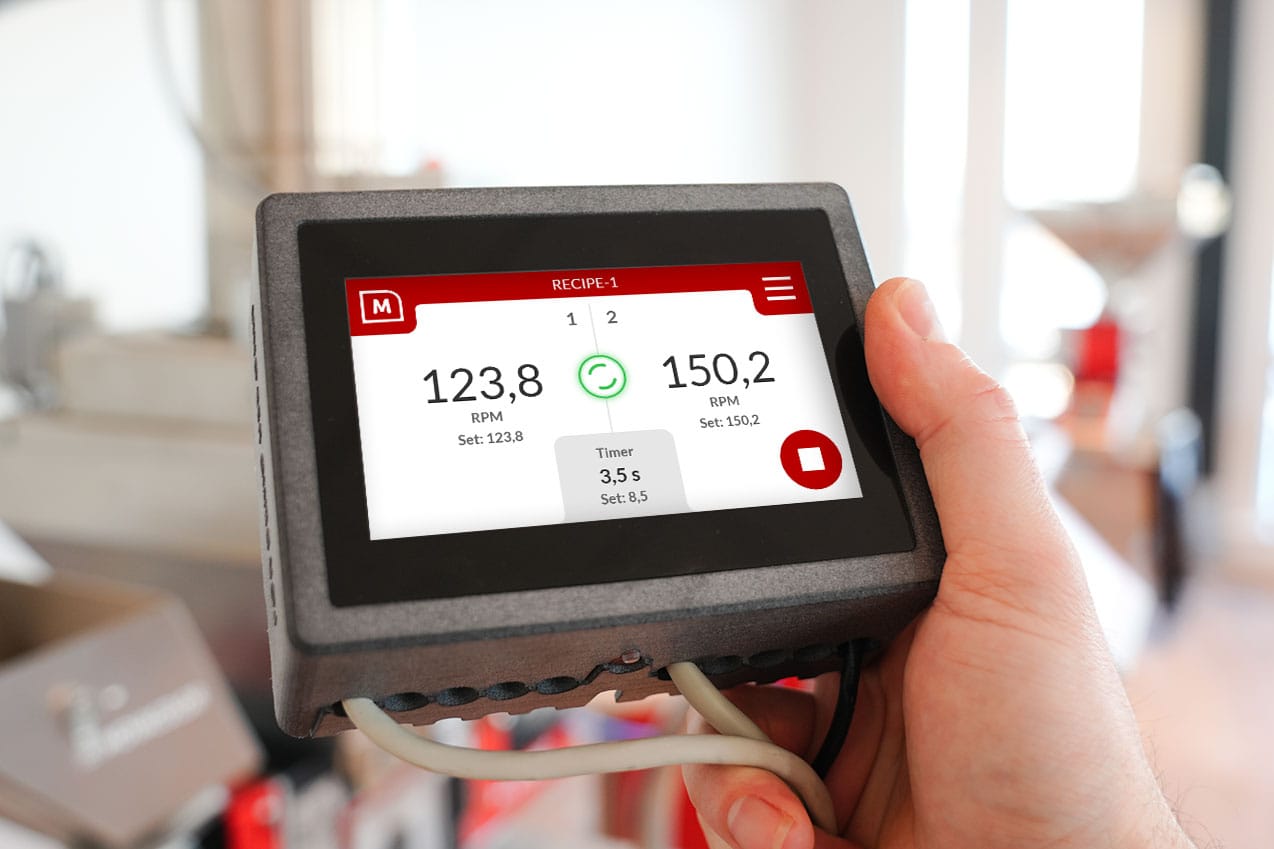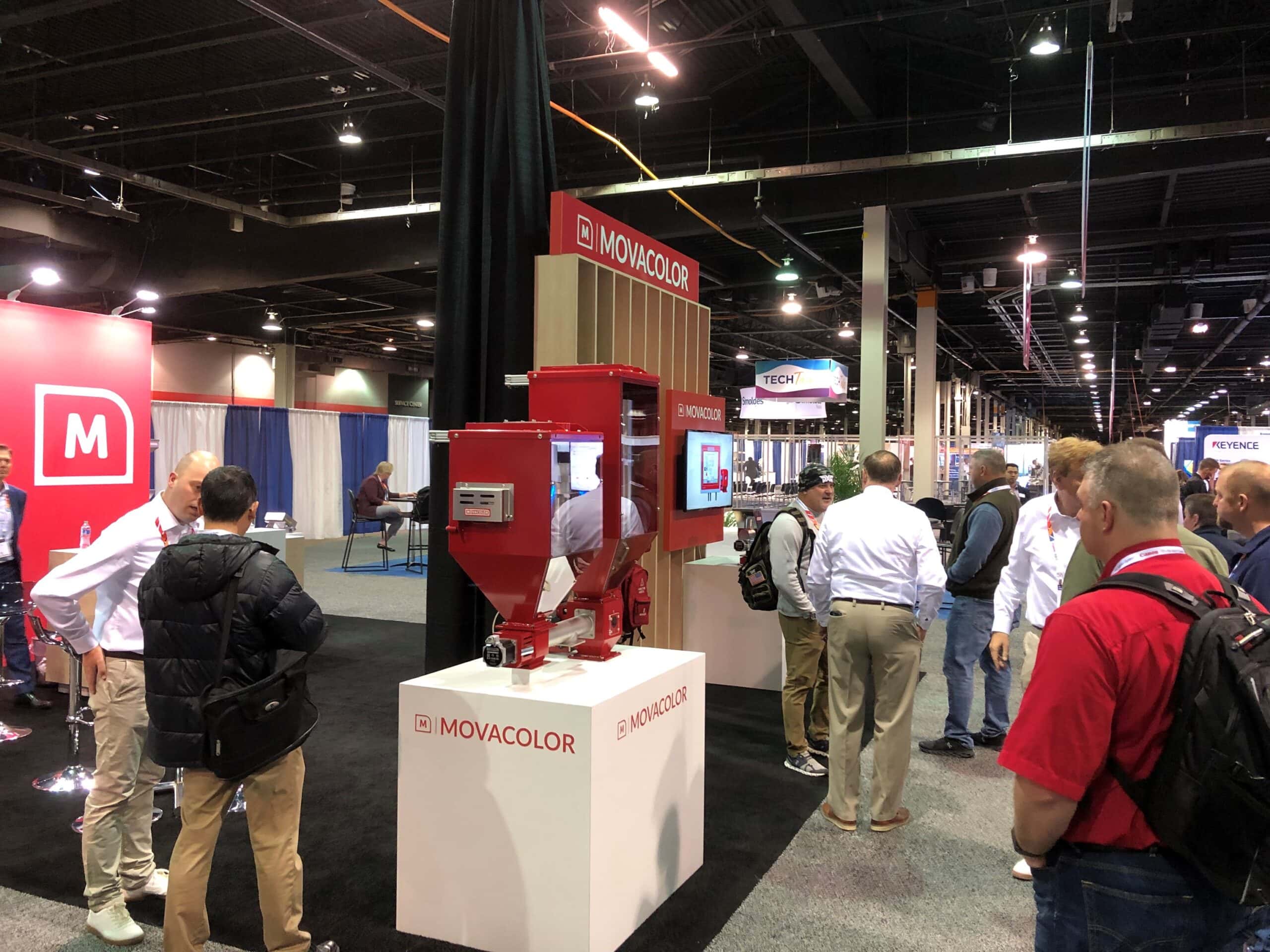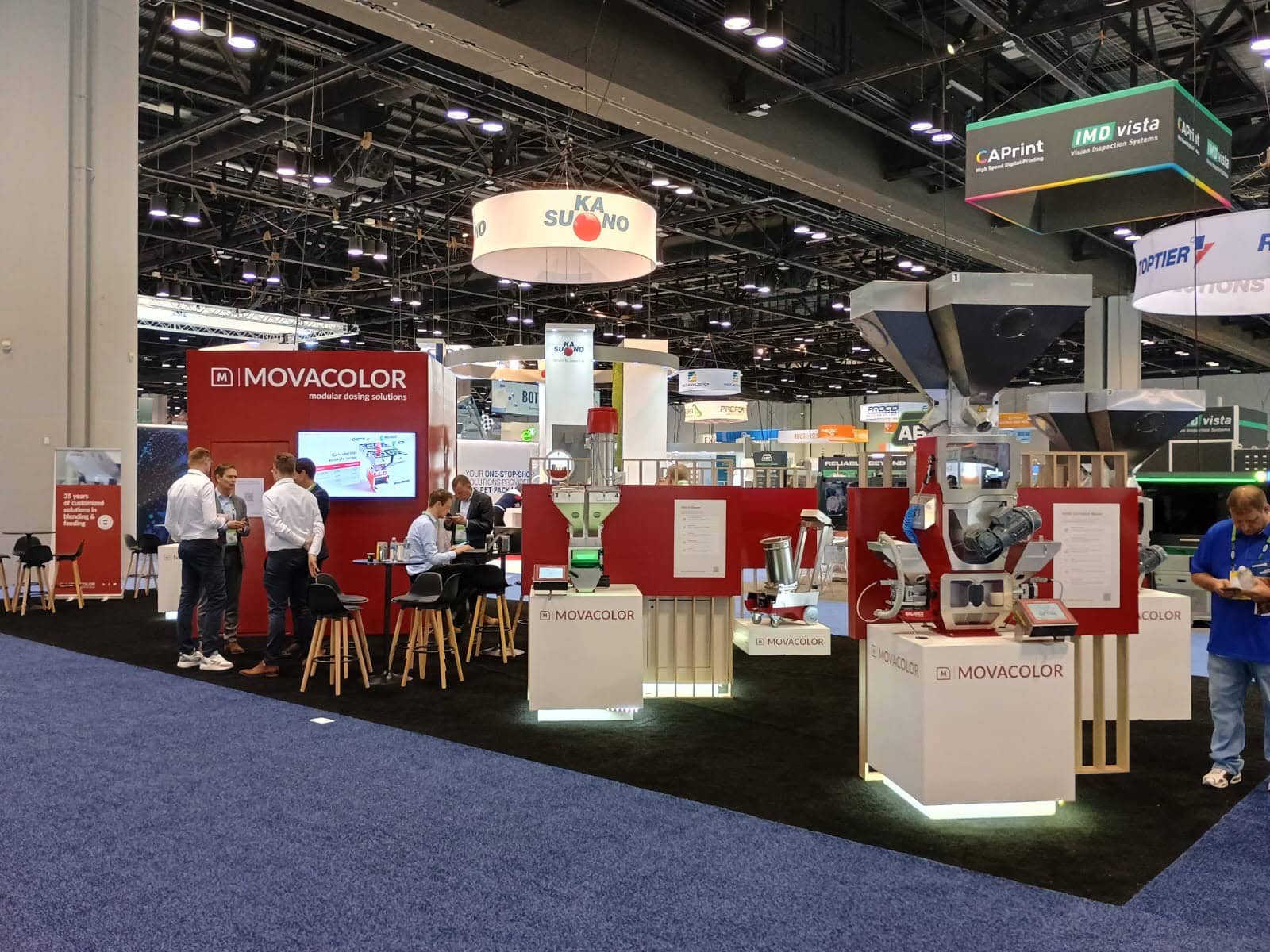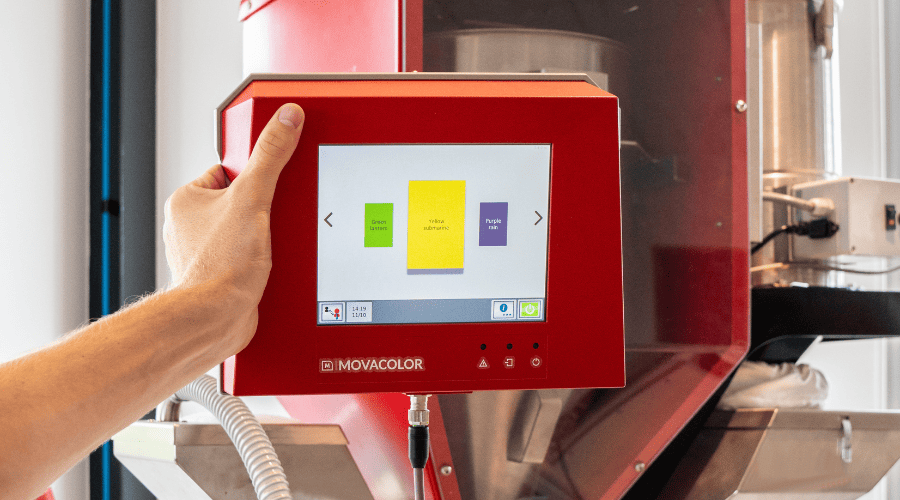Recipe Naming for Better Clarity
The settings generated by the calibration wizard can easily be stored in a recipe. The supervisor manages the recipes and which ones are available to which operators. This ensures that the operators run only the recipes that are suited for the production plan.
When the supervisor has made the relevant recipes available to the operator, all the supervisor has to check in his process optimization are two elements: the correct recipe name and the green circular loop in the display indicating that the dosing unit is running at its set point.
To maintain an understanding of your additive rates, consider incorporating the desired percentage into the recipe name. For example, naming a recipe “Blue case – 3%” gives operators a clear idea of the additive rate without relying on potentially misleading percentage displays.
If you switch to a different additive, it’s crucial to recalibrate through the recipe wizard to ensure accuracy. Once calibrated, you can confidently use the recipe name to indicate the additive percentage, ensuring consistent product quality.
The Gravimetric Dosing Advantage
In contrast to volumetric dosing, gravimetric dosing allows for precise dosing of additives also when material properties vary. Whenever material properties change, our gravimetric dosing equipment will automatically adjust to keep dosing according to the recipe. When you change the additive percentage, our gravimetric dosing devices rely on gravimetric technology to adjust settings rather than changing RPM and assuming linearity.
In the example of our MDS Balance, it is perfectly possible to use a percentage since all variables are accurately measured and constantly monitored and adjusted.
Meeting Client Needs
We understand that clients often seek confirmation of their set additive percentages. While volumetric dosing percentages might seem a useful set point, we consider providing a set point as percentage as potentially misleading. As clients move from producing one product to another it’s highly recommendable to recalibrate the recipe to ensure continued accuracy.
Conclusion
In the end, operators need accurate equipment to reach production targets. Whether you’re manufacturing blue phone cases or any other product, the goal is to achieve the output targets with optimized efficiency. While percentage displays can sometimes be useful, in volumetric units they often lead to misplaced sense of accuracy and compliance.
By using our calibration wizard and naming conventions for calibrated recipes, you can achieve optimal production yield, assured by precise and reliable dosing rates.
At Movacolor, we’re committed to providing you the tools and insights needed to optimize your manufacturing processes. Don’t hesitate to contact our team if you want to know more about using our best-in-class dosing and blending solutions to solve your manufacturing challenges.

